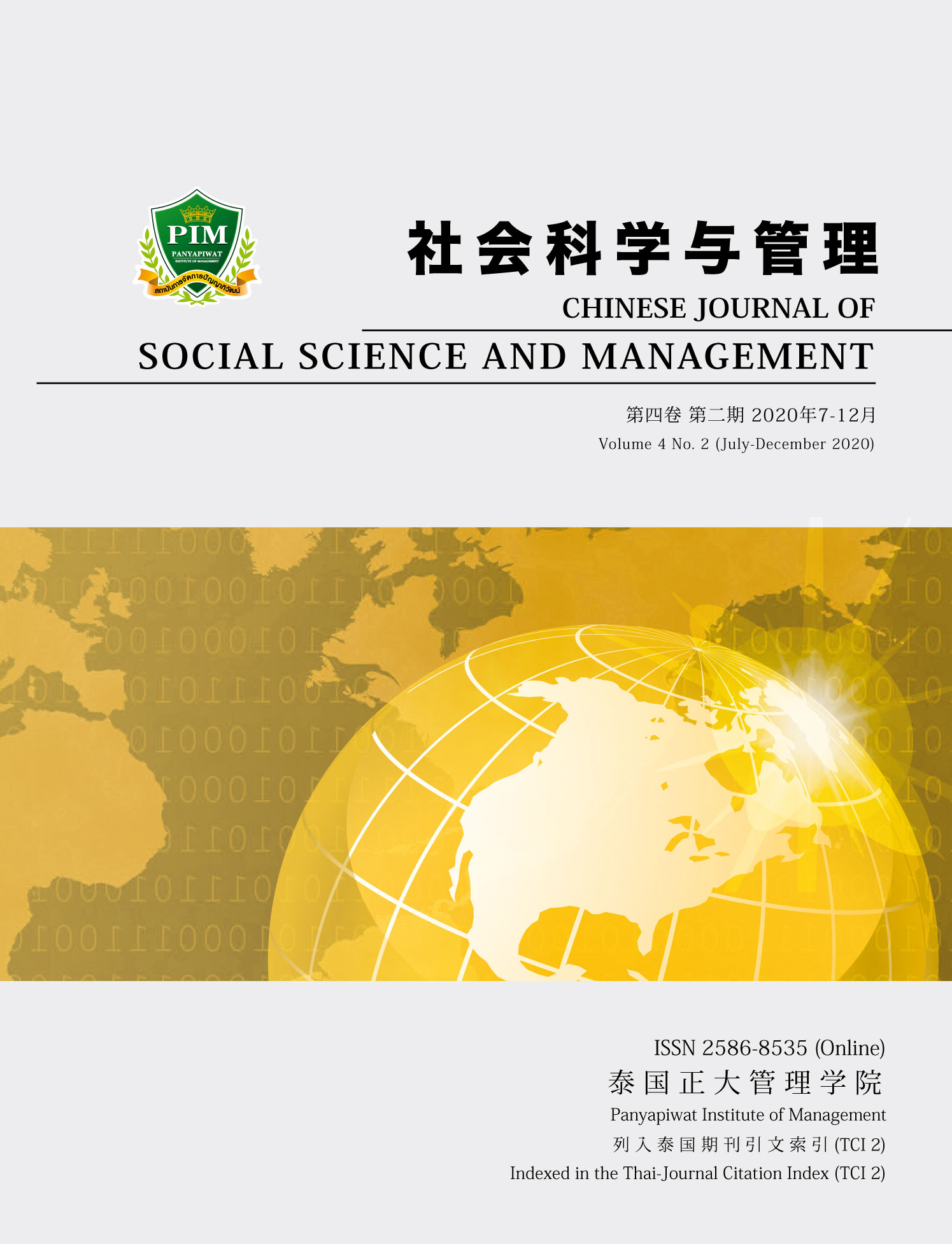中国A股制造业上市公司业绩期望差距与研发投入 ——冗余资源的调节效应研究
##plugins.themes.bootstrap3.article.main##
摘要
本文对制造业上市公司业绩差距他企业研发投入的关系进行分析,并探讨了冗余资源对上述关系的的调节效应,其目的在于为中国制造企业提高核心竞争力,促进资源有效利用提出合理化建议。通过对中国A股制造业2011-2017年间732家上市公司5142个观测值构成的面板数据进行实证检验,本文得到以下结论:业绩期望差距与企业研发投入负相关,顺差企业研发投入强度低于落差企业,冗余资源的调节作用因资源持有量高低不同而不同。本文的结论揭示了不同业绩反馈信号下的企业研发投入特征,也拓展了以往研究着眼于冗余资源简单线性调节作用的局限。
##plugins.themes.bootstrap3.article.details##
Chinese Journal of Social Science and Management Editorial Division
The Office of Research and Development, Panyapiwat Institute of Management
85/1 Moo 2, Chaengwattana Rd., Bang Talat, Pakkred, Nonthaburi 11120, Thailand
Tel. 02 855 01048 E-mail: cjssm@pim.ac.th
参考
Baum, J. A. C. & Kristina, B. D. (2007). Aspiration Performance and Railroads’ Patterns of Learning from Train Wrecks and Crashes. Organization Science, 18(3), 368-385.
Bourgeois, L. J. & Singh, J. V. (1985). Organizational Slack and Political Behavior among Top Management Teams. Academy of Management Proceedings, (Meeting Abstract Supplement), 43-47.
Bourgeois, L. J. (1981). On the measurement of organizational slack.The Academy of Management Review, 6(1), 29-39.
Bromiley, P. T. (1991). Testing a Causal Model of Corporate Risk Taking and Performance. Academy of Management Journal, (1), 37-59.
Chen, W. R. & Miller, K. D. (2007). Situational and Institutional Determinants of Firms’ R&D Search Intensity. Strategic Management Journal, 28(4), 369-381.
Cyert, R. M. & March, J. G. (1963). A behavioral theory of the firm. Englewood Cliffs, NJ: Prentice Hall.
Fama, E. (1980). Agency Problems and the Theory of the Firm. Journal of Political economy, (88), 288-307.
Greve, H. R. (1998). Managerial Cognition and the Mimetic Adoption of Market Positions: What You See is What You Do. Strategic Management Journal, 19(10), 967-988.
Greve, H. R. (2003). A behavioral theory of R&D expenditures and innovations, Evidence from ship-building Industry. The Academy of Management Journal, 46(6), 685-702.
He, X. G., Lian, Y. Y. & Lv, F. F. (2016). Aspiration gap, entrepreneur’s risk-based decision making and risk preference: Evidence from Chinese listed family firms. Journal of Management Sciences in China, 19(8), 1-20. [in Chinese]
Huang, J. W. & Li, Y. H. (2012). Slack resources in team learning and project performance. Journal of Business Research, 65(3), 381-388.
Iyer, D. N. & Miller, K. D. (2008). Performance feedback, slack, and the timing of acquisitions. Academy of Management Journal, 51(4), 808-822.
James, G. M. & Zur, S. (1987). Managerial Perspectives on Risk and Risk Taking. Management Science, 33(11), 1404-1418.
Jensen, M. & Meckling. W. (1976). Theory of the Firm, Managerial Behavior, Agency Cost and Ownership Structure. Journal of Financial Economics, (3), 305-360.
Li, X. X. & Liu, C. L. (2011). A Contextual Analysis on the Relationship between Slack and Firms’ Performance: Also on Quantitative Change of Slack. Nankai Business Review, 14(3), 4-14. [in Chinese]
Lyu, D. W. (2018). Research on the Relationship between Multiple Negative Performance Feedback and R&D Intensity in a Cognitive-Behavioral Perspective. Doctoral Dissertation, South China University of Technology. [in Chinese]
Staw, B. M., Sandelands, L. E. & Dutton, J. E. (1981). Threat-rigidity effects in organizational behavior, A multilevel analysis. Administrative Science Quarterly, 26(4), 501-524.
Steven, W. B., Johan, W. & Dean, A. S. (2010). Swinging a double-edged sword, The effect of slack on entrepreneurial management and growth. Journal of Business Venturing, 26(5), 537-553.
Wang, J., Cheng, B. & Shun, Y. X. (2014). The effect of expected performance feedback on corporate R&D and charitable donation. Management World, (8), 115-133. [in Chinese]
Zhu, L. N., He, X. G. & Jia, Z. H. (2016). Does “Poverty” Gives Rise to Firms’ R&D Investment?——The Moderating Effect of Environmental Uncertainty and Property Right Protection. Economic Management, 39(11), 67-84. [in Chinese]


